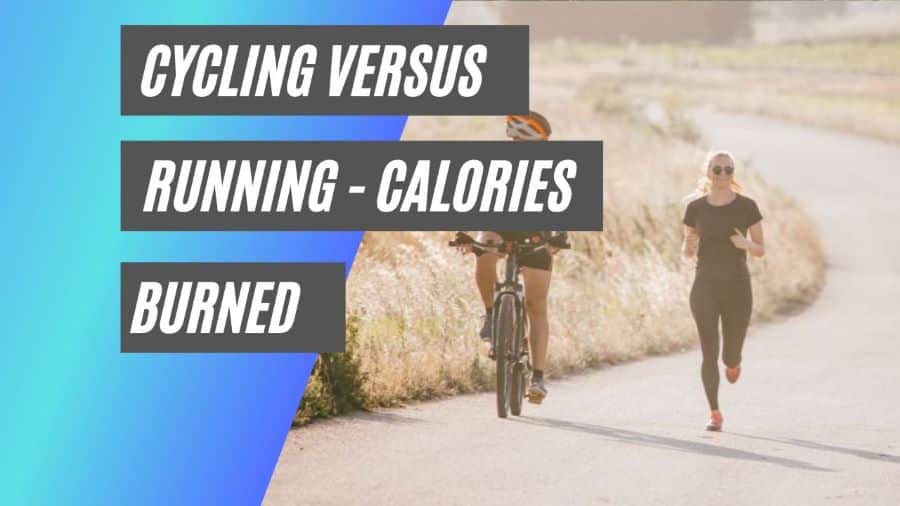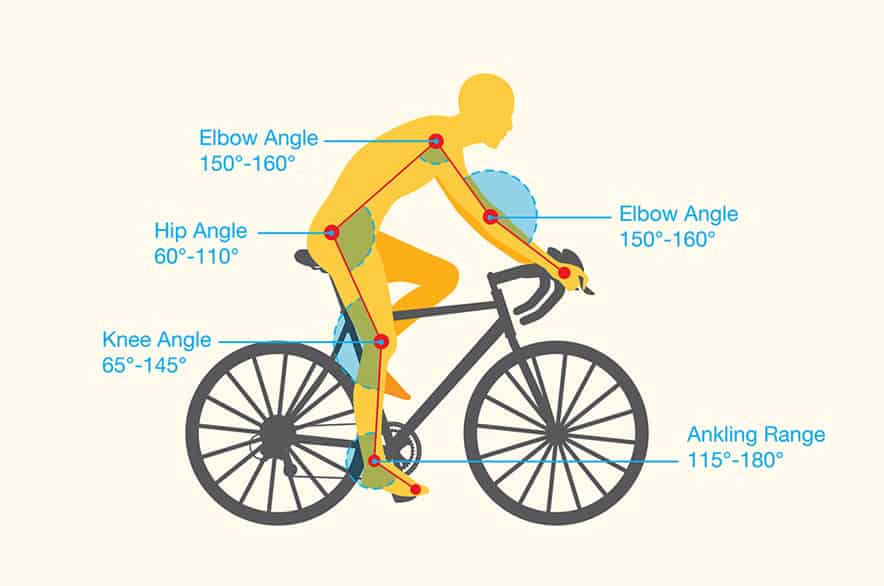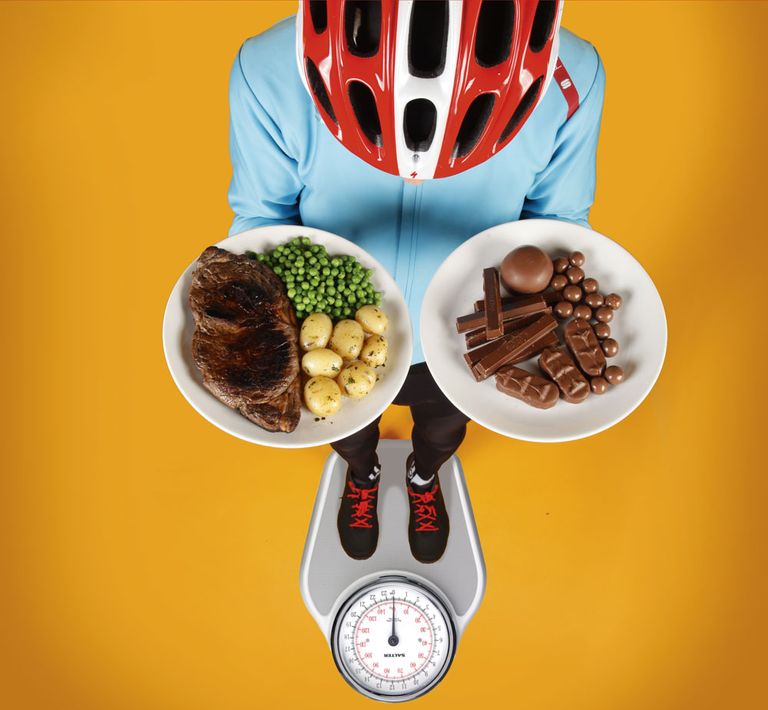Bicycle Riding as a Fat Burning Exercise: An Overview
Riding a bicycle has gained popularity as a fun and effective way to burn fat and improve overall fitness. With the growing interest in cycling as a form of exercise, many individuals are left wondering: “Does riding a bicycle burn fat?” The answer is a resounding yes, and this article will delve into the reasons why.
Bicycle riding is a low-impact, moderate-intensity exercise that can be easily incorporated into a daily routine. Whether it’s a leisurely ride through the park or a more intense workout on a stationary bike, cycling offers numerous benefits for those looking to shed excess pounds and improve their health. By engaging major muscle groups, including the legs, core, and glutes, bicycle riding increases caloric expenditure and promotes fat burning.
The Science Behind Cycling and Fat Burning
Cycling is an effective form of exercise for fat loss due to the physiological processes that occur during moderate-intensity exercise. When you ride a bicycle, your body primarily uses fat as a fuel source to power your muscles. This process, known as fat oxidation, is responsible for burning calories and reducing body fat.
Research has shown that moderate-intensity exercise, such as cycling, can lead to significant fat loss over time. A study published in the Journal of Applied Physiology found that individuals who engaged in regular cycling sessions experienced a greater reduction in body fat compared to those who performed resistance training alone. Additionally, a review of multiple studies published in the International Journal of Obesity concluded that cycling is an effective exercise modality for reducing body fat and improving cardiovascular health.
During moderate-intensity exercise, your body uses a combination of fat and carbohydrates to fuel your muscles. The exact ratio of fat to carbohydrate utilization depends on several factors, including exercise intensity, duration, and individual fitness level. However, research has shown that even short bouts of moderate-intensity exercise can lead to significant fat burning. For example, a study published in the Journal of Sports Sciences found that a 15-minute cycling session at moderate intensity can lead to the oxidation of up to 20 grams of fat.
In summary, the science behind cycling and fat burning is clear: regular cycling sessions can lead to significant fat loss over time. By engaging in moderate-intensity exercise, you can promote fat oxidation and caloric expenditure, ultimately leading to a reduction in body fat.
How to Optimize Fat Burning While Cycling
To maximize fat burning during bicycle rides, there are several practical tips and strategies that you can employ. Here are some recommendations to help you get the most out of your cycling workouts:
Incorporate interval training: High-intensity interval training (HIIT) has been shown to be an effective way to burn fat and improve cardiovascular fitness. Try incorporating short bursts of high-intensity cycling into your routine, followed by periods of lower-intensity recovery. For example, you could cycle as hard as you can for 30 seconds, then pedal at a slower pace for 1-2 minutes. Repeat this pattern for the duration of your ride.
Adjust your nutrition: Eating a balanced diet that is rich in whole foods can help support fat loss and improve exercise performance. Aim to consume plenty of fruits, vegetables, lean proteins, and whole grains, and limit your intake of processed and high-sugar foods. Additionally, consider fueling up with a carbohydrate-rich snack before your ride to provide your body with the energy it needs to perform at its best.
Ensure adequate recovery: Rest and recovery are essential components of any exercise program. Make sure to give your body the time it needs to recover between cycling sessions, and consider incorporating other forms of exercise, such as yoga or strength training, to promote overall fitness and well-being.
Stay consistent: Consistency is key when it comes to achieving long-term fat loss goals. Aim to make cycling a regular part of your exercise routine, and try to stick to a consistent schedule.
Progressively overload: To continue seeing results over time, it’s important to progressively increase the intensity and duration of your cycling workouts. This could mean adding more hills to your route, increasing your speed, or extending the length of your rides.
By incorporating these tips and strategies into your cycling routine, you can help optimize fat burning and achieve your weight loss goals. Remember to always listen to your body and consult with a healthcare professional before starting any new exercise program.
Comparing Cycling to Other Fat Burning Exercises
While cycling is an effective form of exercise for fat loss, it’s important to consider the unique benefits and drawbacks of other popular forms of exercise as well. Here’s a comparison of cycling to running, swimming, and weightlifting for fat loss:
Running: Running is a high-impact exercise that can be an effective way to burn calories and promote fat loss. However, it can also be hard on the joints and may lead to injuries if not done properly. Cycling, on the other hand, is a low-impact exercise that is easier on the joints and can be a good option for individuals with joint pain or injuries.
Swimming: Swimming is a low-impact, full-body exercise that can be an effective way to burn calories and promote fat loss. It’s also a great option for individuals with joint pain or injuries, as the water provides buoyancy and support. However, swimming may not be as accessible as cycling, as it requires access to a pool or body of water.
Weightlifting: Weightlifting is a form of resistance training that can be an effective way to build muscle and promote fat loss. By increasing muscle mass, weightlifting can help boost metabolism and lead to a greater caloric expenditure both during and after exercise. However, weightlifting may not be as accessible as cycling, as it requires access to weights and other equipment.
When choosing the best exercise for fat loss, it’s important to consider individual needs and goals. For some individuals, cycling may be the best option due to its low-impact nature and accessibility. For others, running, swimming, or weightlifting may be more effective. It’s also important to note that a well-rounded exercise routine that includes a combination of cardiovascular exercise, resistance training, and flexibility work is often the most effective approach for promoting fat loss and overall health.
Real-World Examples of Successful Cycling and Fat Loss
Cycling has helped many individuals achieve their weight loss goals and improve their overall fitness. Here are a few inspiring stories of individuals who have successfully used cycling as a tool for fat loss:
Sarah: Sarah was able to lose 50 pounds by incorporating cycling into her exercise routine. She started by cycling for 30 minutes a day, three times a week, and gradually increased her intensity and duration over time. Sarah also made adjustments to her nutrition, focusing on eating whole, unprocessed foods and limiting her intake of added sugars.
John: John was able to lose 75 pounds by cycling to work every day. He traded in his car for a bicycle and started cycling the 10-mile commute to work and back. John found that cycling not only helped him burn calories and promote fat loss, but it also improved his mood and energy levels.
Maria: Maria was able to lose 30 pounds by participating in a local cycling group. She found that the social support and accountability of the group helped her stay motivated and consistent with her exercise routine. Maria also made adjustments to her nutrition, focusing on eating a balanced diet that included plenty of fruits, vegetables, and lean proteins.
These stories demonstrate the potential of cycling as a tool for fat loss and overall fitness. By incorporating cycling into their exercise routine and making adjustments to their nutrition and lifestyle habits, these individuals were able to achieve their weight loss goals and improve their overall health.
Potential Barriers to Cycling for Fat Loss and How to Overcome Them
While cycling can be an effective form of exercise for fat loss, there are several common obstacles that may prevent individuals from incorporating it into their routine. Here, we will discuss these barriers and offer solutions and strategies for overcoming them:
Lack of time: Finding time to exercise can be a challenge, especially for those with busy schedules. To overcome this barrier, try incorporating cycling into your daily routine by cycling to work or school, or by taking short breaks throughout the day to cycle. You can also try waking up earlier or cycling in the evening to fit in a workout.
Lack of motivation: Staying motivated to exercise can be difficult, especially when starting a new routine. To overcome this barrier, try setting realistic goals, tracking your progress, and rewarding yourself for achieving milestones. You can also try finding a cycling community or partner to provide support and accountability.
Lack of resources: Access to a bicycle and safe cycling routes can be a barrier for some individuals. To overcome this barrier, try renting or borrowing a bicycle, or looking for local bike share programs. You can also try finding safe and scenic cycling routes in your area, such as parks or bike paths.
Fear of injury: Cycling can be a high-impact exercise, which may lead to injuries if not done properly. To overcome this barrier, try incorporating low-impact exercises, such as swimming or yoga, into your routine. You can also try adjusting the intensity and duration of your cycling workouts, and ensuring adequate recovery time.
Lack of knowledge: Understanding how to properly use a
Maintaining Long-Term Fat Loss Through Cycling
Cycling can be an effective form of exercise for fat loss, but maintaining long-term weight loss requires a consistent and holistic approach. Here are some tips for maintaining long-term fat loss through cycling:
Consistency is key: To maintain long-term weight loss, it’s important to make exercise a regular part of your routine. Aim to cycle at least a few times a week, and try to incorporate other forms of exercise, such as strength training or yoga, into your routine as well.
Mix it up: To avoid plateaus and boredom, try incorporating variety into your cycling workouts. This could include trying new routes, incorporating interval training, or mixing in other forms of exercise.
Progression is important: To continue seeing results, it’s important to gradually increase the intensity and duration of your cycling workouts over time. This could mean cycling for longer distances, increasing your speed, or incorporating hills into your route.
Focus on overall health: In addition to exercise, it’s important to focus on other lifestyle factors that support weight loss and overall health. This includes eating a balanced and nutritious diet, getting enough sleep, and managing stress.
Seek support: Having a support system can be helpful in maintaining long-term weight loss. Consider joining a cycling community or finding a cycling partner to provide motivation and accountability.
By incorporating these tips into your routine, you can maintain long-term fat loss through cycling and improve your overall health and well-being.
Conclusion: The Bottom Line on Cycling and Fat Burning
In conclusion, cycling can be an effective form of exercise for fat loss, as it utilizes fat as a fuel source during moderate-intensity exercise. By incorporating practical tips, such as interval training, adjusting nutrition, and ensuring adequate recovery, individuals can maximize fat burning during bicycle rides.
When compared to other popular forms of exercise, cycling offers unique benefits and drawbacks. It is a low-impact exercise that is easy on the joints, making it a good option for individuals with injuries or mobility limitations. However, it may not be as effective at building muscle mass as weightlifting or other forms of resistance training.
To maintain long-term fat loss through cycling, it’s important to focus on consistency, variety, and progression. This means making exercise a regular part of your routine, incorporating different types of workouts to avoid boredom and plateaus, and gradually increasing the intensity and duration of your cycling workouts over time.
In addition to exercise, other lifestyle factors, such as nutrition, sleep, and stress management, play a role in supporting weight loss and overall health. By focusing on a holistic approach to weight loss, individuals can achieve and maintain their goals in a sustainable and healthy way.
If you’re interested in trying cycling as a tool for fat loss, consider setting realistic goals, finding a cycling community for support and accountability, and investing in quality equipment. With dedication and consistency, you can experience the benefits of cycling for fat loss and overall health.






